Starches are one of the most common ingredients in the kitchen that we use for various purposes. You can use them to bake gluten-free food items, thicken soups, and improve the texture of your favorite foods. But what if you are making a dish that requires tapioca, and suddenly you realize that you don't have it in your kitchen? I know you will panic for a while and think that your recipes will not be good. Don't worry! In this article, I have come with some tapioca flour substitutes that are good for bringing the same tapioca flavor to your recipe. Before looking at a tapioca substitute, let's have a look at some necessary details of tapioca.
Jump to:
- What is tapioca?
- How is tapioca made?
- How does tapioca taste?
- What is the use of tapioca?
- What is the nutritional value of tapioca?
- Is tapioca healthy?
- How do you cook with tapioca?
- Health benefits of tapioca flour
- How to use tapioca flour as a thickener in recipes?
- Substitutions for tapioca flour
- Measurements with tapioca flour substitutes
- FAQs on tapioca flour substitutes
- The bottom line
- Comments
What is tapioca?
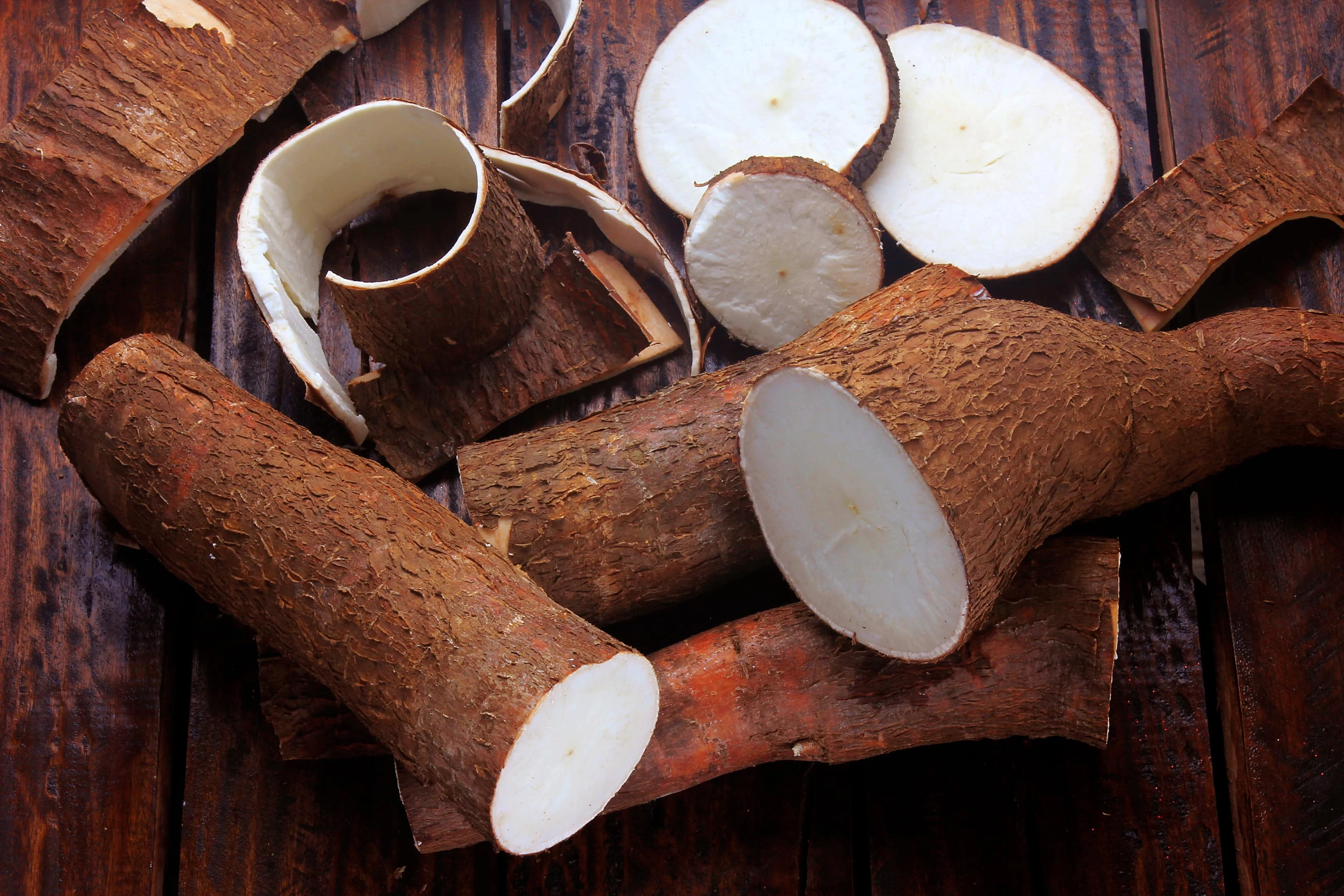
Tapioca is a pure starch extracted from the cassava root, which is native to South America. Cassava root is easy to grow, and so it is also available in several countries in Asia, Africa, and South America. It contains pure carbohydrates in large amounts, and proteins, fiber, and nutrients in lesser quantities. However, it is naturally gluten-free and an excellent substitute for wheat flour in cooking gluten-free diets. Tapioca is a dried product, and so it is available as flour, flakes, and pearls.
How is tapioca made?
The production of tapioca may vary by country. The process involves squeezing the starchy liquid from the ground cassava root. Once they extract the juice, the water is allowed to evaporate until fine tapioca powder is left behind.
Later the powder is processed into flakes or pearls. The pearls are the most common form, as it can be used in bubble tea, desserts, pudding, and as a thickener while cooking food.
Due to the hydration process, you must soak or boil the flakes, sticks, and pearls before consumption. They might double in size and become leathery, translucent, and swollen.
How does tapioca taste?
It's odorless and tasteless. If you are not familiar with the tapioca flour paste texture, you might not know if it is in your food. It is odorless and tasteless, and so it is suitable for making sweet dishes and savories. You may only notice the texture in the sponginess in your baked food items.
What is the use of tapioca?
Tapioca is a gluten-free product that you may use for the following purposes.
- Flatbread — You can use tapioca flour for making flatbread, with different toppings, and also for breakfast, dinner, or dessert.
- Gluten and grain-free bread — We can use tapioca flour to make bread recipes and often combine with other flours.
- Thickener — We can use it as a thickener for sauces, soups, and gravies. It is available at a pocket-friendly price and has an excellent thickening power.
- Pudding & desserts — We can use the tapioca pearls for making bubble tea, snacks, desserts, and puddings.
- Binding agent — We can add it to nuggets, burgers, and dough to improve texture, trap moisture in a gel form, and prevent sogginess.
What is the nutritional value of tapioca?
- There are a lot of carbs in tapioca flour tapioca contains almost pure starch.
- It contains proteins, fats, nutrients and fiber in a minimal amount.
- If you are counting calories, you will just consume 100 calories from one ounce of dry tapioca pearls.
However, due to the lack of proteins and other nutrients, people consider it inferior to the different grains and flours. Overall, tapioca doesn't contain calories that provide energy or essential nutrients required for the body.
Is tapioca healthy?
Properly processed tapioca is healthy and safe to eat. It is a life-saving staple diet in many developing countries. It is also a good flour replacement for wheat flour and corn-based products. People who use tapioca-based products frequently may lack some amount of protein or nutrients in the body. So, to balance the nutrients and proteins in the body, it's suggested to add other flours like soybean flour, coconut flour, and almond flour.
How do you cook with tapioca?
Tapioca is a suitable ingredient for cooking and baking various food items and sugar-sweetened desserts. Let us examine the uses of the different forms of tapioca in cooking.
Tapioca flour
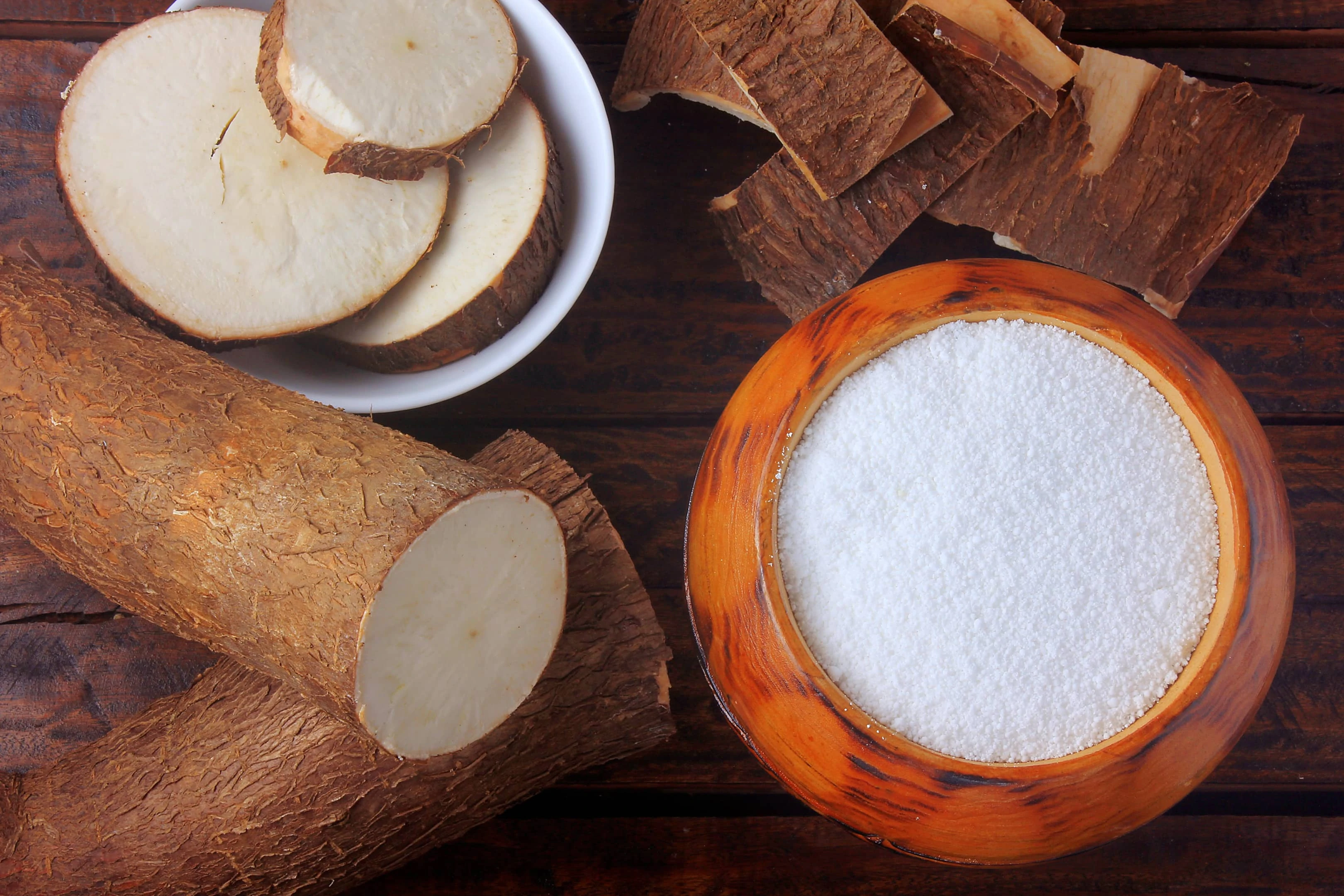
If we look from the cooking perspective, then tapioca flour is one of the best ingredients. It thickens very quickly and has a neutral flavor. It also provides your soup and sauces with a silky texture or appearance.
Some also claim that it freezes or thaws better than the flour or cornstarch, and therefore, it is suitable for baking goods intended for later use.
We can also use tapioca flour in combination with other flours as it helps to improve the nutritional value and texture of the food item.
Tapioca pearls
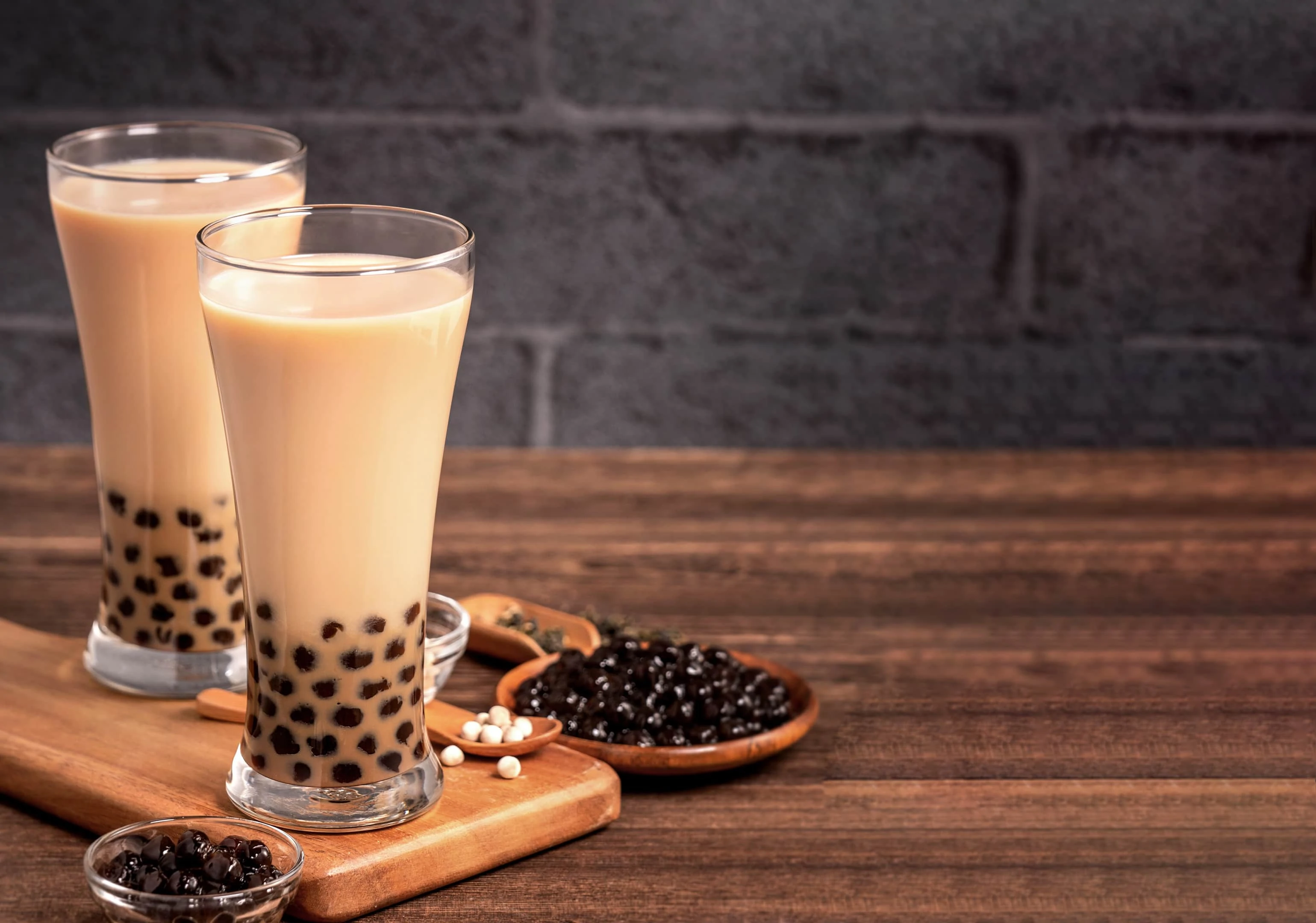
If you want to eat tapioca pearls, you need to first boil them before eating. Use the ratio of 1 part of dry tapioca pearls to 8 parts of water.
Boil the mixture to a boil and continuously stir the tapioca pearls, so that they don’t stick to each other. When the pearls become light enough to float, turn to medium flame and then to simmer for 15-30 minutes while simultaneously stirring the pearls.
Then, you should remove the pan from the heat and let it cool down for 15-30 minutes.
Bubble tea
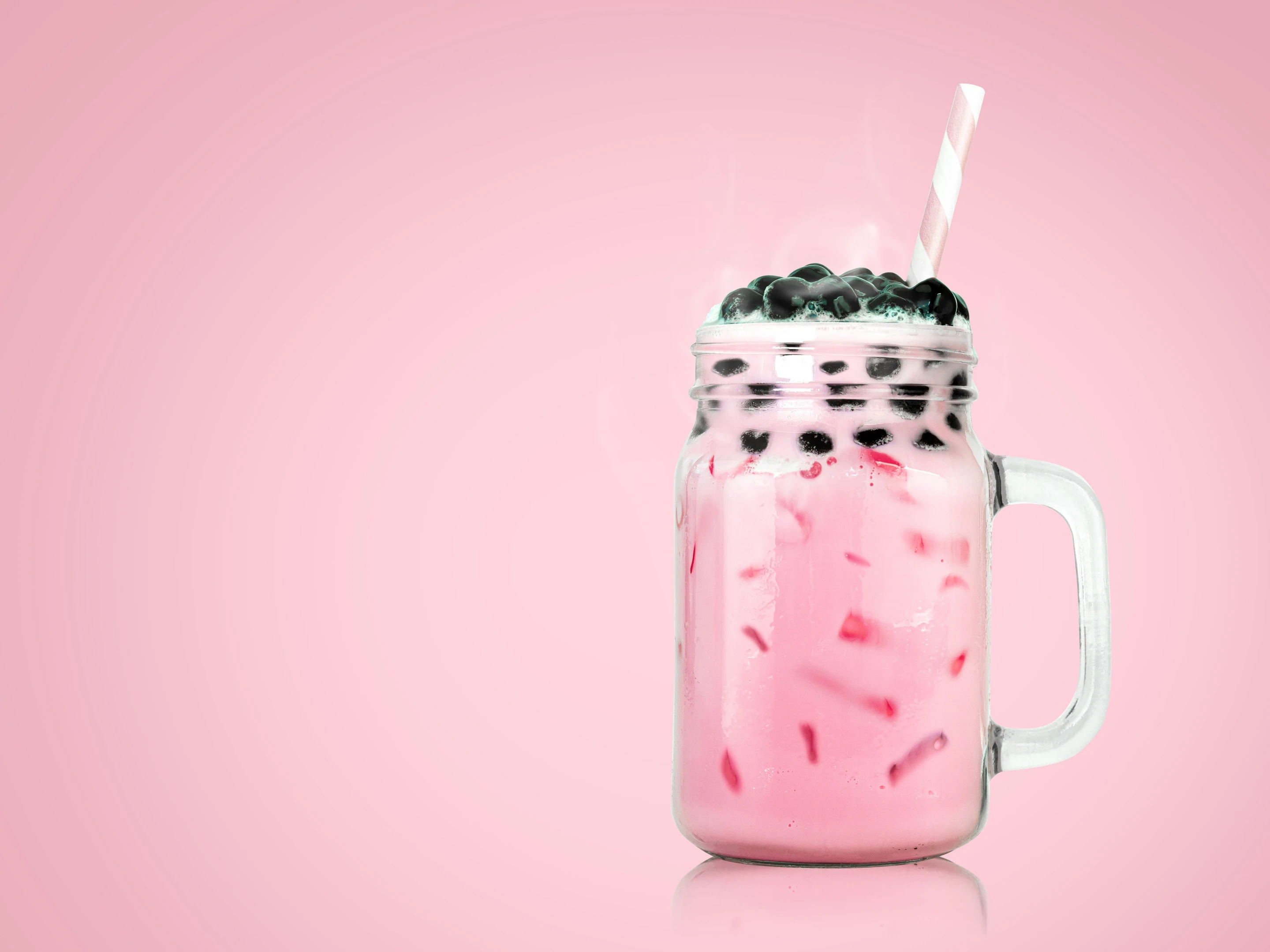
We can use cooked tapioca pearls for making bubble tea, which is a cold and sweet beverage.
Bubble tea, also known as boba tea, is made of brewed tea, prepared with a perfect blend of tapioca pearls with milk, syrup, and ice cubes. You can make it also from black tapioca pearls which are similar to white tapioca pearls, except they contain blended brown sugar.
Also, note that as the bubble tea contains a high amount of sugar, it should be consumed in moderation.
Health benefits of tapioca flour
Tapioca flour offers the following health benefits.
Gluten and nut-free
Tapioca flour is suitable for those who prefer a strict no-gluten diet, paleo diet, or other diets. It is free of gluten, grains, dairy, nuts, sugar, and veggies. Moreover, these are easily digestible.
It is also a great alternative to all-purpose flour. You may also use it as a substitute for seed flours such as almonds. It is also healthy for making bakery products and also works well for those who are allergic to flours.
Lower the levels of calories or sugar
As tapioca is a balance of carbohydrates and water, it lacks proteins, fats, and sugar. It is an ideal choice of flour for those who are concerned about their weight because it is low in calories. The use of tapioca flour reduces the need for butter and cream, which balances your body's calories.
How to use tapioca flour as a thickener in recipes?
We can even use a small amount of tapioca flour for thickening soups and gravies. As compared to the other flour, tapioca flour has the capability to absorb more water. This quality makes it a suitable choice for thickening, moistening, or binding the sauces, pastries, or gravies
Initially, you must read the whole recipe and understand the required ingredients and also the quantity of flour. If you are using tapioca flour as a thickener, then the main thing you should do is to make sure that you do not use more or less than the mentioned quantity to enhance the taste of your recipe.
You should follow the other steps in preparation, and add the thickener at the end.
You can add three tablespoons of tapioca flour for every ¼ cup of regular flour. Make sure to stir or whisk the ingredients thoroughly. Also, note that it thickens your liquid faster than the other thickeners.
Substitutions for tapioca flour
Every ingredient you use for cooking has its substitute that you can use at its place while you are cooking your favorite dish, and you run short of an ingredient. Let’s have a look at tapioca substitutes.
1. Cornstarch
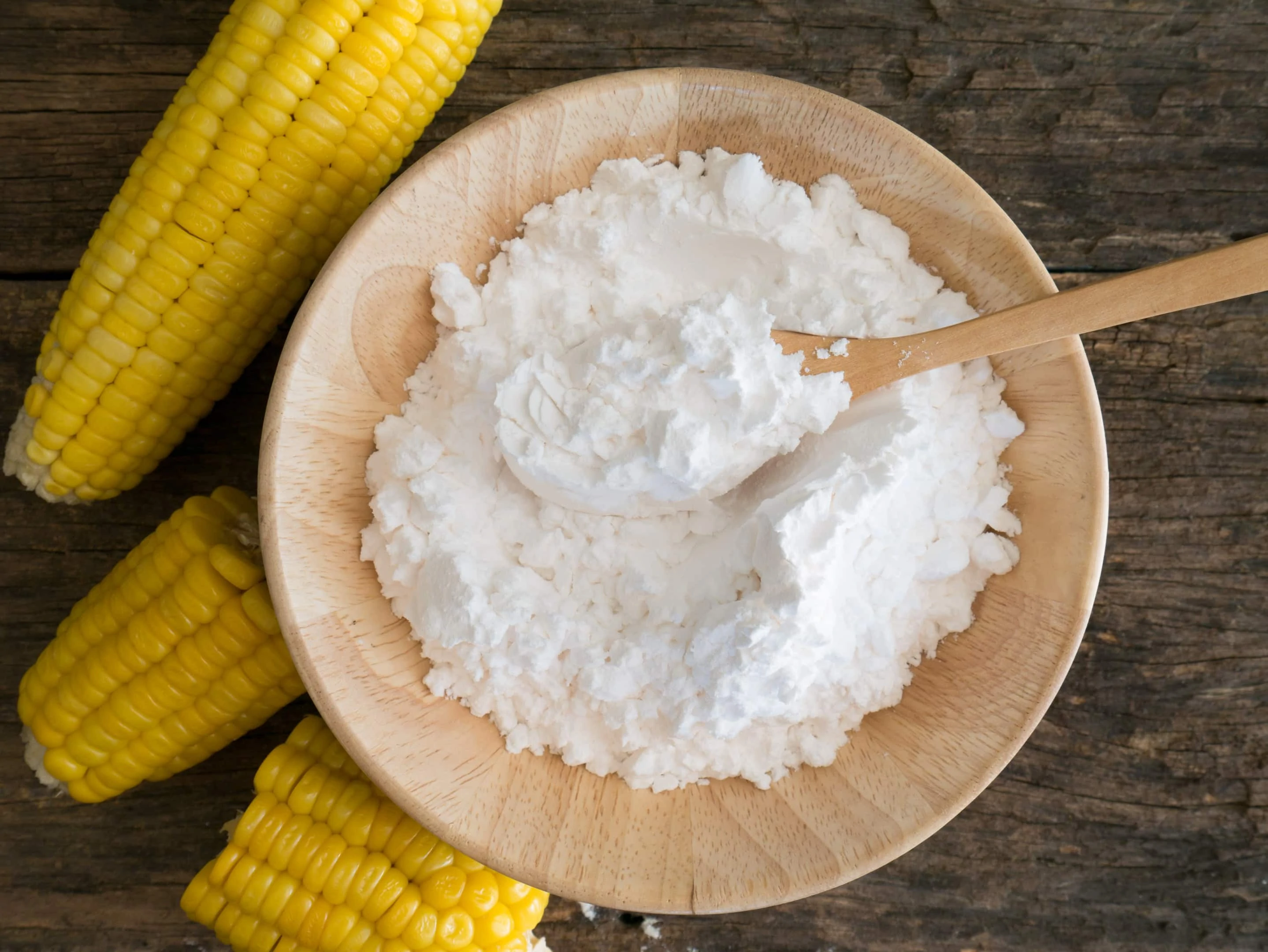
Cornstarch is suitable for dishes that require high temperatures, and it also can be added at the beginning of the recipe. Corn starch provides a matte finish to the recipes, whereas tapioca flour offers a glossy finish.
You need to use just the half amount of cornstarch compared to the indicated tapioca flour quantity to get the desired thickened gravy or sauce. For example, if your recipe needs two tablespoons of tapioca flour, then you have to use only one tablespoon of cornstarch flour as a substitute in your recipe.
Cornstarch is a suitable tapioca flour substitute for dishes that we have to cook at high temperatures, and it also can be added at the beginning of the recipe. Corn starch provides a matte finish to the recipes, whereas tapioca flour offers a glossy finish.
2. Cassava flour
Cassava flour contains more fiber, making it a nutrient-dense gluten-free tapioca flour substitute. Though both of these are derived from cassava roots, the whole root is used to process cassava flour, and the plant’s starchy part is used to process tapioca flour.
In most recipes, we can use cassava flour in even quantity as tapioca, but the fiber content gives it more thickening power. You are recommended to avoid the use of any additional thickener when using cassava flour. It also has a nutty flavor which may or may not dominate according to the nature of the recipe.
3. Potato starch
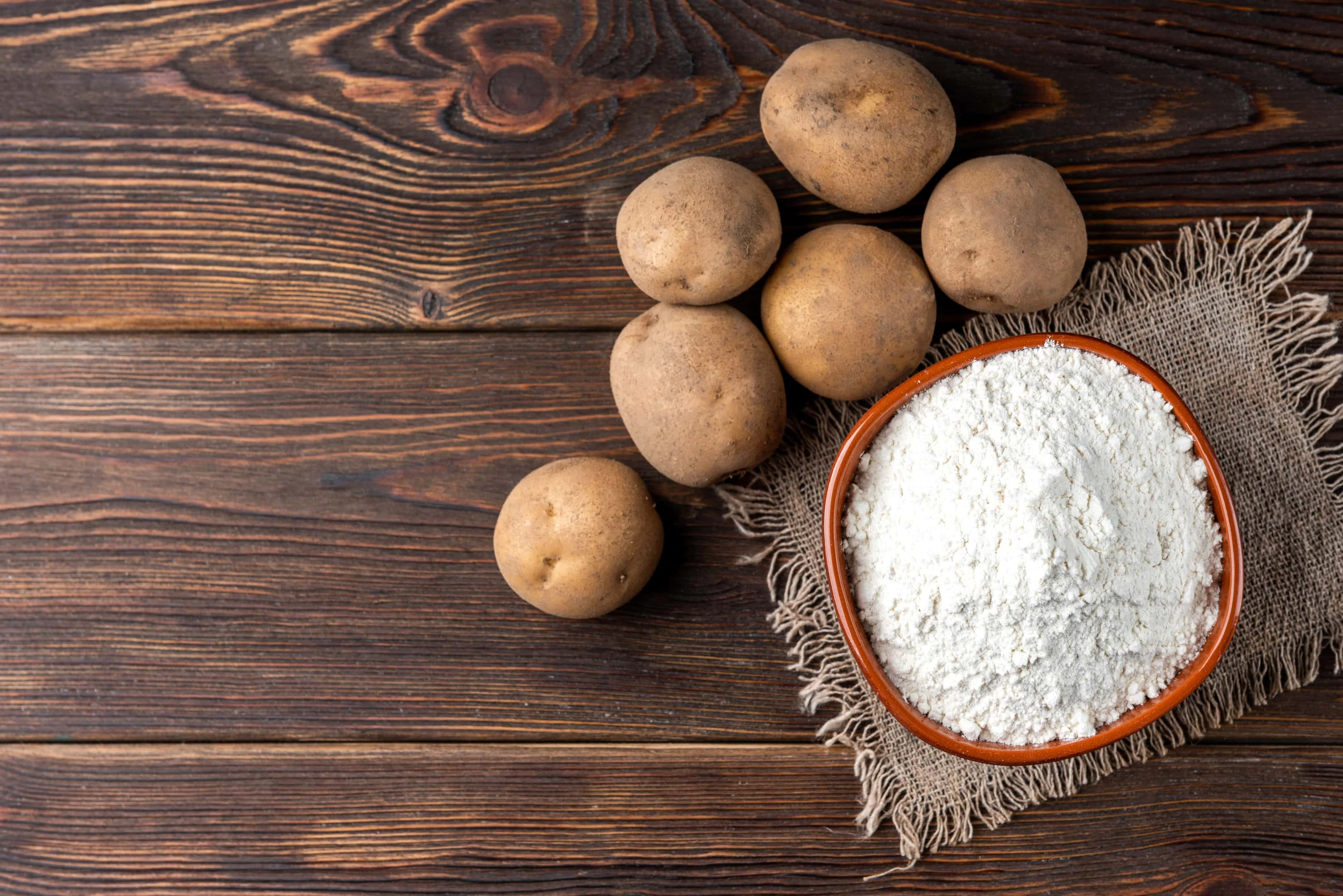
Potato starch is a starch found in potatoes that offers a wide variety of benefits. It is a gluten-free ingredient that is a suitable replacement for tapioca flour. However, you can expect a heavier consistency than tapioca flour when using potato starch.
If you make soup in small quantities, you can use potato starch in equal amounts of tapioca flour. If you are making it in large amounts, you will have to add it as per your guessing skills.
It has a neutral taste that makes it a natural starch without changing the flavor of the recipe. You can also use it to add moisture to the baked goods or to make salad dressings thicker.
4. All-purpose flour
You can find all-purpose flour in every kitchen and thus it can serve as the most accessible tapioca flour substitute. We can use all-purpose flour in the same quantity as the tapioca flour, but its texture may vary depending on the type of recipe you are cooking.
You may use tapioca flour as a thickener for soups, gravies, and sauces to add a bright and glossy finish. But when we thicken the same dishes with all-purpose flour, the recipe will have a matte finish and dull color. Also, you will need to adjust the cooking time as well.
Unlike flavorless tapioca flour, all-purpose flour does not blend in quickly, instead requires longer cooking time to get rid of its raw powdery texture.
If you plan to partake of a gluten-free diet, then all-purpose flour is not suitable, as it is made from wheat and contains gluten.
5. Arrowroot
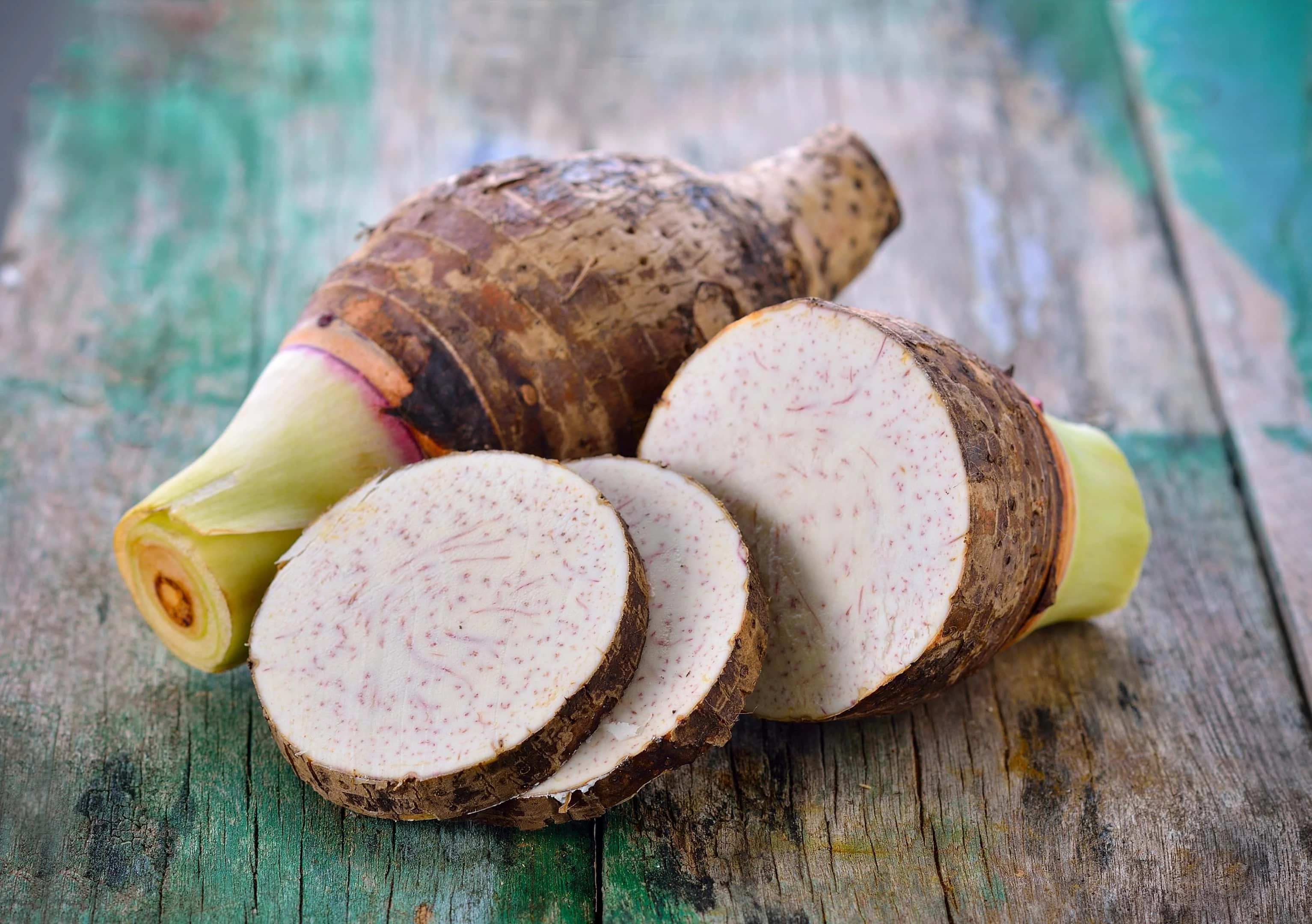
Arrowroot is a gluten-free and flavorless flour manufactured and processed from the Maranta Arundinacea plant. It is similar to tapioca flour as they both are derived from the tropical tubers and can be used in equal quantities to thicken or add a structure to the recipe.
It is an excellent substitute for tapioca starch when used as a thickening agent or baking food items that include other types of flours or starches. But it doesn't offer the same chewy consistency as tapioca when you add it as a stand-alone flour.
You can retain the thickness of the recipe using arrowroot even if it is frozen or thawed. If you want to freeze the leftover food, then you can opt for arrowroot starch.
If you're baking food items that enlist only tapioca flour for starch, then arrowroot is not a suitable tapioca flour substitute unless it is combined with other flours.
6. Rice flour
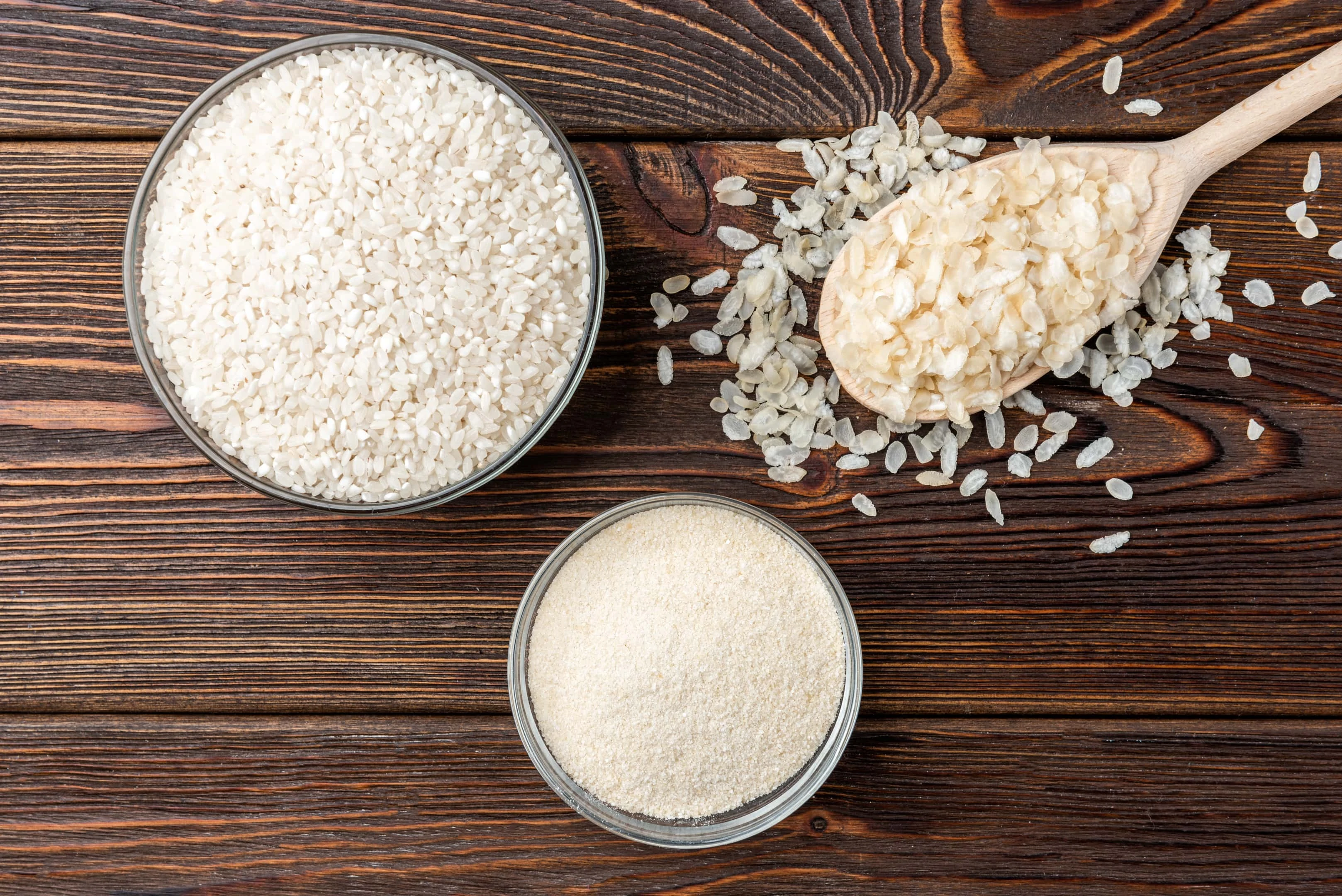
Rice flour is another suitable gluten-free tapioca flour substitute. You can easily make it by finely grounding the rice grains. With this tapioca flour substitute, you do not compromise the final recipe's taste.
Rice flour has a strong thickening consistency and can be stickier than tapioca flour, and so you need to adjust a recipe a little bit.
The high content of starch in the rice flour helps the proteins bind the ingredients together and mimic gluten's elasticity.
It's better to use one tablespoon of rice flour to substitute for two tablespoons of tapioca flour.
Measurements with tapioca flour substitutes
When you find that you have run short of tapioca flour, then you can use the substitutes in the following manner to achieve the same taste and flavor.
Instead of using two tablespoons of tapioca flour, use one tablespoon of either arrowroot flour or cornstarch flour as a tapioca flour substitute. Combine it with water to form the paste in the same way as you do for the tapioca flour. After mixing it well, add it to the soup, sauce, or gravy you want to thicken.
Cornstarch doesn't go well for the frozen products for later use, but it is suitable for dairy products. If you want to freeze your dishes, then you can replace arrowroot flour with tapioca flour. Also, arrowroot flour works well with fruit-based recipes.
When you are in a hurry and want to cook the dish faster, you can replace two tablespoons of tapioca flour with one tablespoon of potato or rice starch. You will have to mix the potato or rice starch with other ingredients before adding the recipe's liquid ingredients.
You can also use two tablespoons of all-purpose flour instead of two tablespoons of tapioca flour. Don't forget to combine it with sugar or flour and then add liquids in it.
To use Kudzu powder as a tapioca flour substitute, you can also use three tablespoons of kudzu powder for every two cups of water you will require in your recipe.
FAQs on tapioca flour substitutes
1. Are tapioca flour and cornstarch the same?
Tapioca flour and cornstarch are not the same. Tapioca flour is made from the cassava roots, while cornstarch is made from corn. Therefore they have different properties that you should consider before their use.
2. Does tapioca flour have any other trivial name?
Tapioca flour is also popular in some regions as cassava flour or tapioca starch. Cassava flour is made from the cassava plant's roots, whereas tapioca starch is made only from the cassava plant's starchy pulp.
3. Can we store tapioca flour for a long time?
Like any other flour, you can store tapioca flour in an airtight container for a year.
4. Can you substitute tapioca flour for coconut flour?
Coconut flour works well as a tapioca flour substitute with baking and dessert recipes. It is also suitable for thickening gravies and sauces. You can use coconut flour in a similar quantity as the tapioca flour in the recipe.
The bottom line
Tapioca flour is one of the more popular ingredients that people use for baking or cooking gluten-free food items. I hope these tapioca flour substitutes have helped give you some ideas for making your favorite recipes if you run out of tapioca.
Have you tried any tapioca flour substitute in your recipes? If yes, do not forget to share your experiences in the comment section below.

A writer passionate about wellness, nutrition, and intentional living. She creates engaging, research-based content that empowers readers to live healthier lives. Through every article, she brings clarity, inspiration, and a touch of everyday practicality. Read more about Juliana.



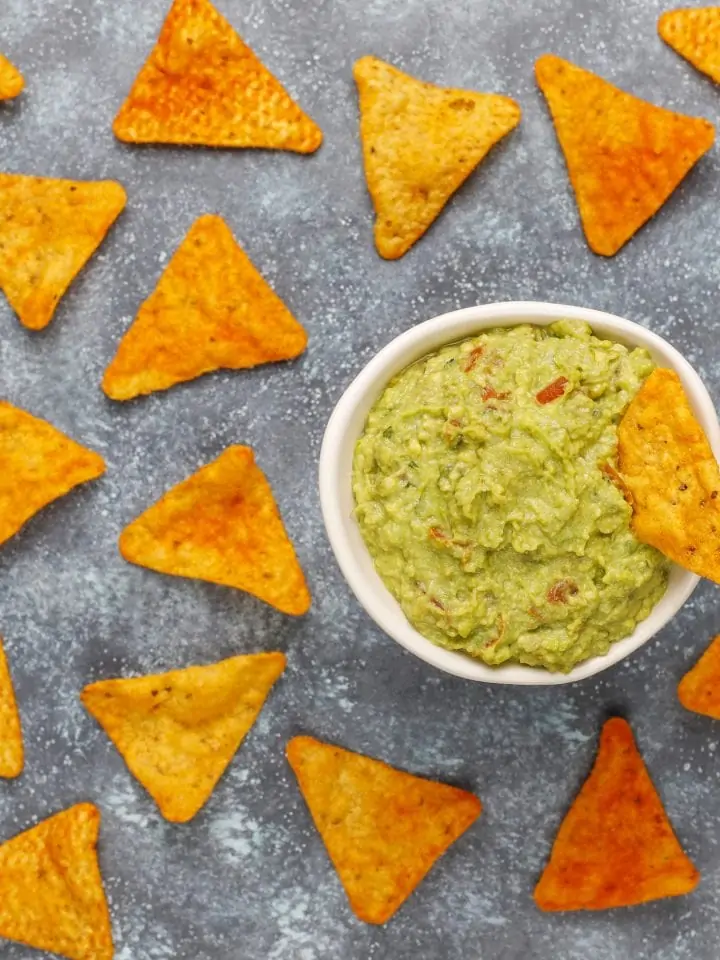
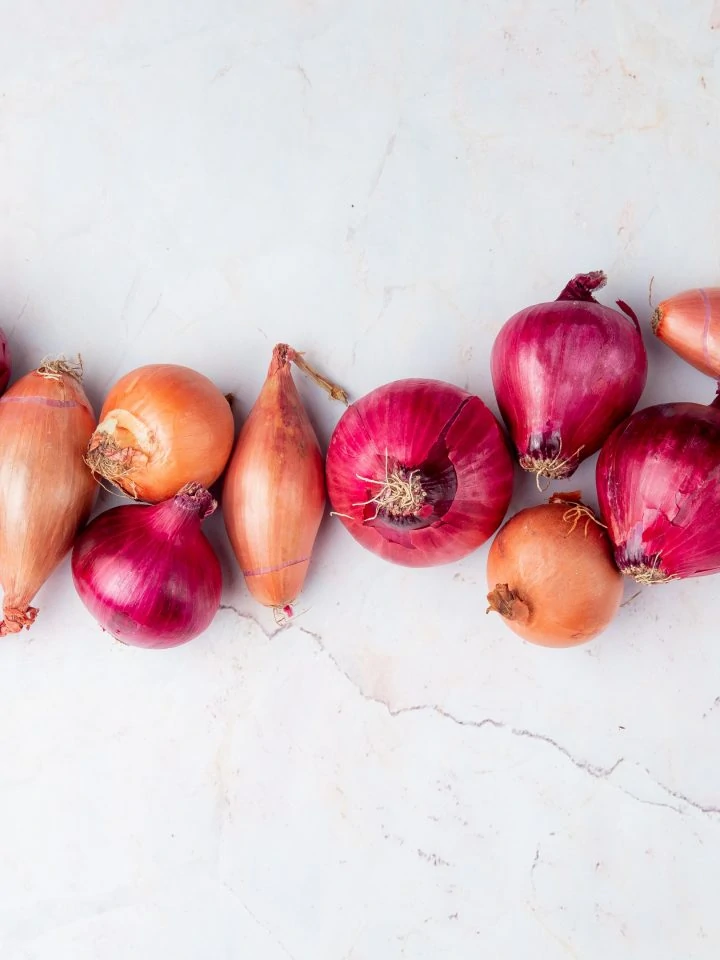
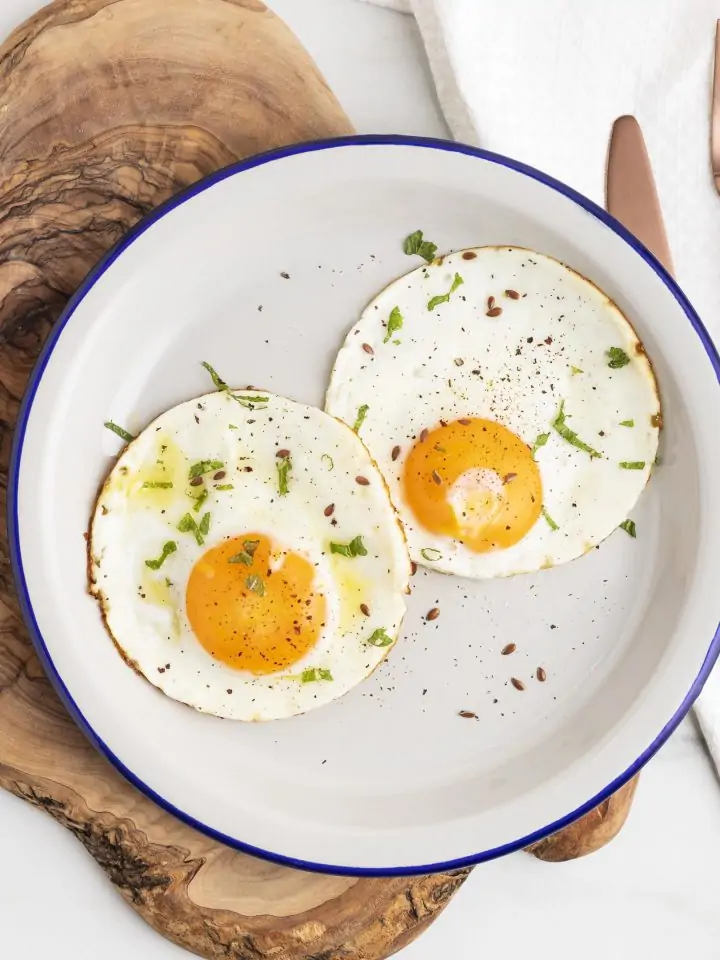
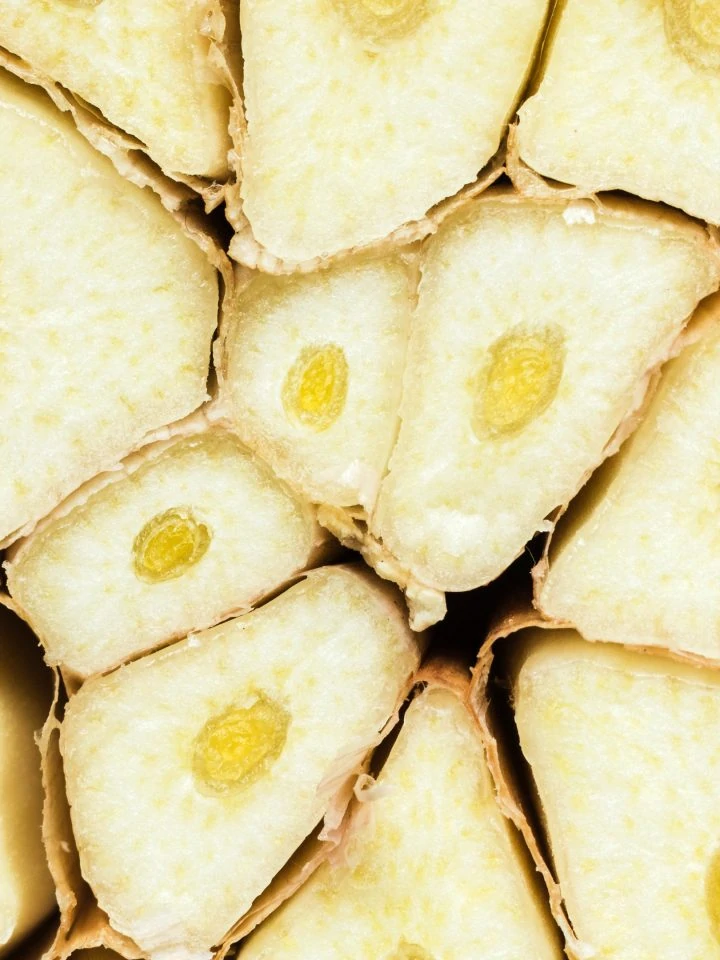
Comments
No Comments